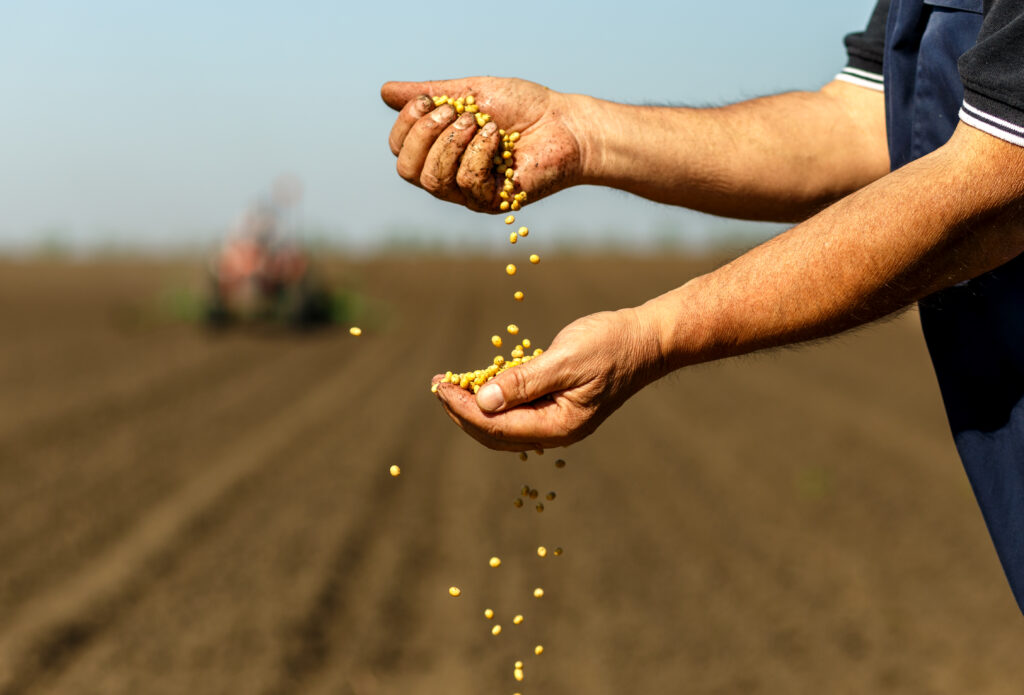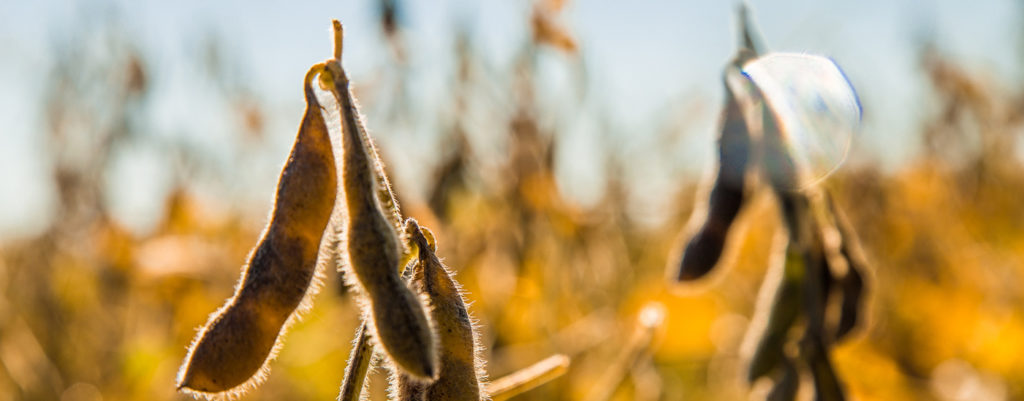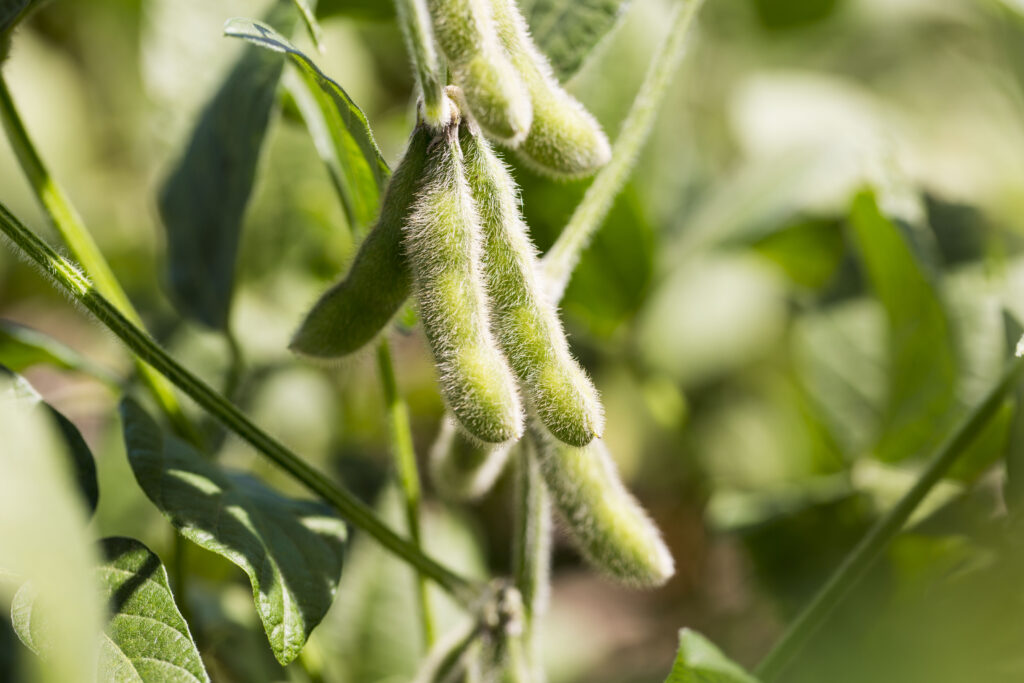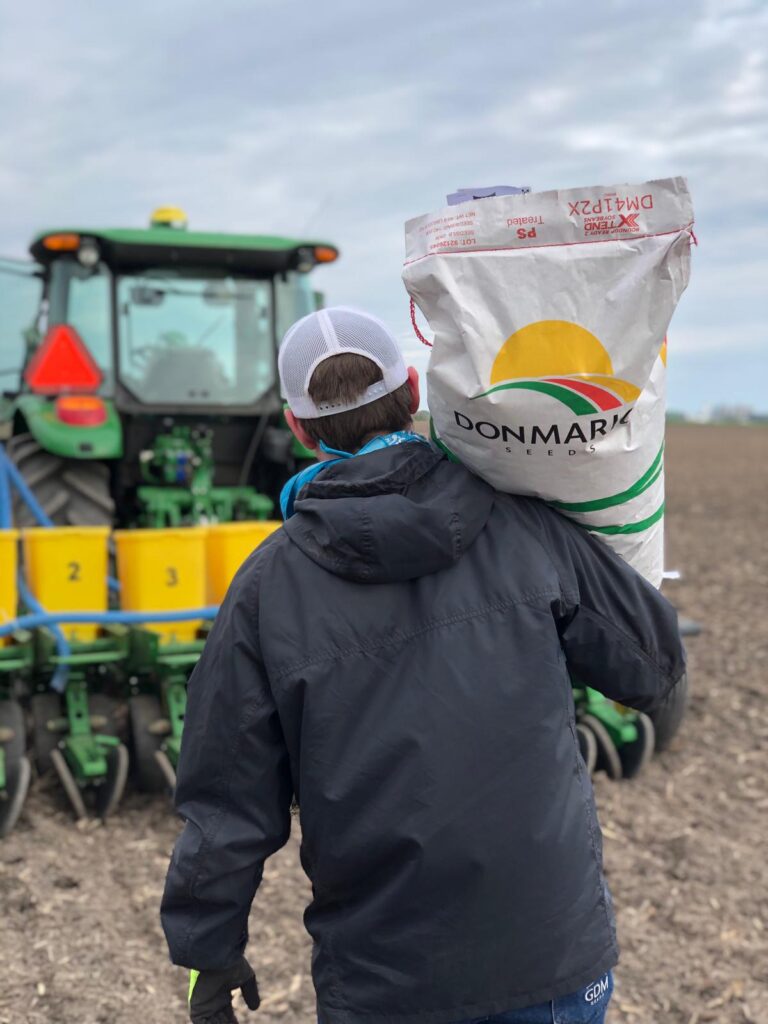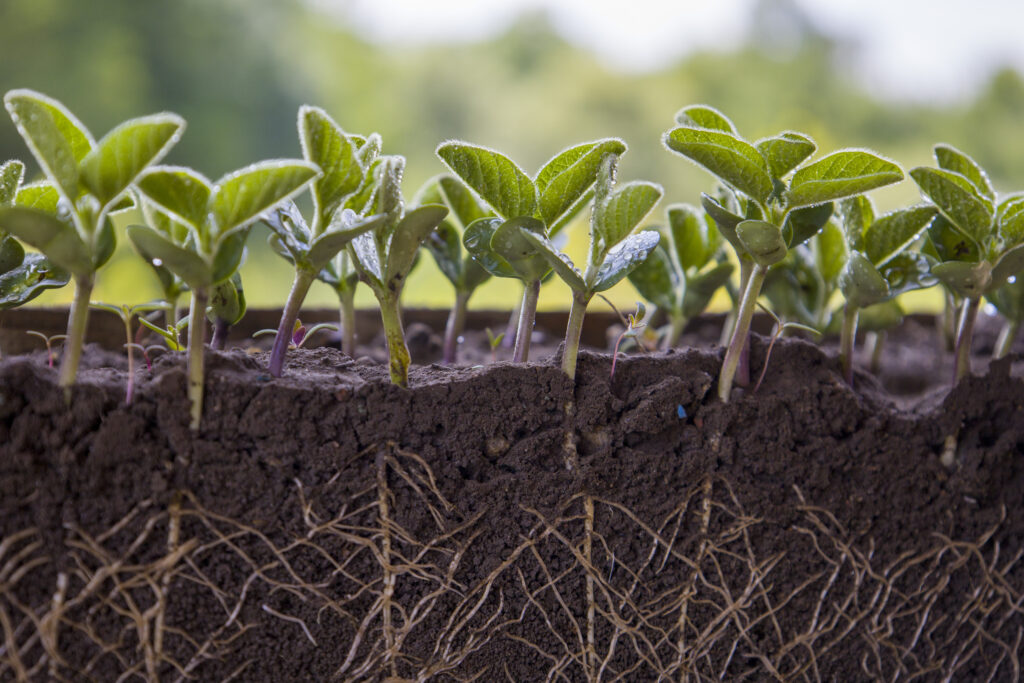
Choosing a planting date is a critical crop management decision for maximizing soybean yield. If you have ever heard the phrase “Early bird gets the worm”, the same could be said for earlier planting. Ten years ago, it was custom to plant soybeans after corn, but there has been a significant jump among farmers the past five to seven years who choose to plant soybeans 1-3 weeks earlier due to the significant increase in yield potential.
Planting dates have a direct effect over soybean yield across most Early 3 – Early 4 maturity groups sown in IL, E. Missouri, and S. WI regions. Planting earlier (April 25th-May 10th) consistently produces higher yields compared to planting after May 10th. In fact, the past eight years of research found soybean yields decreased by ~0.35 to 0.51 Bu/A per day when planting was delayed to May 10th or later. Waiting to plant until May 30th can result in a yield reduction by 7 to 11 Bu/A as opposed to planting prior to May 10th. While there are some serious yield and profitability advantages to planting early, there are two primary risk factors to consider when determining whether early planting is the best management decision for your farm: colder seedbed conditions, and late-Spring frosts.
Earlier planting dates are known to present colder seedbed conditions that can severely damage crops and necessitate a replant if proper management options are not practiced. Lower soil temperatures can also delay soybean emergence up to 2-3 weeks and soybeans are exposed to higher disease pressure and injury from insects. Fortunately, you can mitigate the risk of colder weather and soil temperatures by using a few key management practices.
First, always use high quality seed with optimum vigor and germination to increase the likelihood of a successful stand establishment and higher yield potential. Second, using a comprehensive seed treatment package whenever planting early can help protect your soybean crop from the higher disease pressure and insects. (It is highly recommended to always use seed treatment, but particularly advantageous when planting early). Your local Burrus representative can help you choose the best seed treatment plan to protect your crop and keep your yield potential high.

Another key management practice that has a considerable impact on soybean yield potential is selecting the best maturity group for your environment. It is widely known that soybean maturity groups show different responses when considering different planting dates and environment productivity (I.e. high or stressful yielding environments). For example, when planting early in highly productive environments, Early 3 – Mid 3 maturity groups have shown higher yield potential compared to later maturities. However, if you are planting early in a more stressful environment, Mid 3- Late 3 maturity groups tend to have better yield performance. Therefore, choosing the right maturity group for your planting date and environment will significantly impact soybean yield performance.
Finally, you can mitigate the risk of a late-Spring Frost by following weather patterns and meteorologists’ predictions or consulting your local Burrus representative for insight each season. Some farmers have been hesitant to adopt the practice of planting early because a late-Spring frost can reduce the yield potential gained by planting early. However, planting later not only reduces yield potential, but also presents the risk of an early-Fall freeze.
In summary, choosing your planting date is an easily adjustable management practice that can help you achieve maximum yield potential. It is important to consider management recommendations and environmental information each year to ensure high yield performance and profits. Early soybean planting has grown in popularity in the last five to seven years.
The risks with planting early are relatively easy to mitigate by using good management practices, and the benefits of planting early can be significant.
So, what will it be? Planting early vs planting late; what will be YOUR planting date?
This article was written by the DONMARIO team. Was it helpful? Insightful? Let us know!
